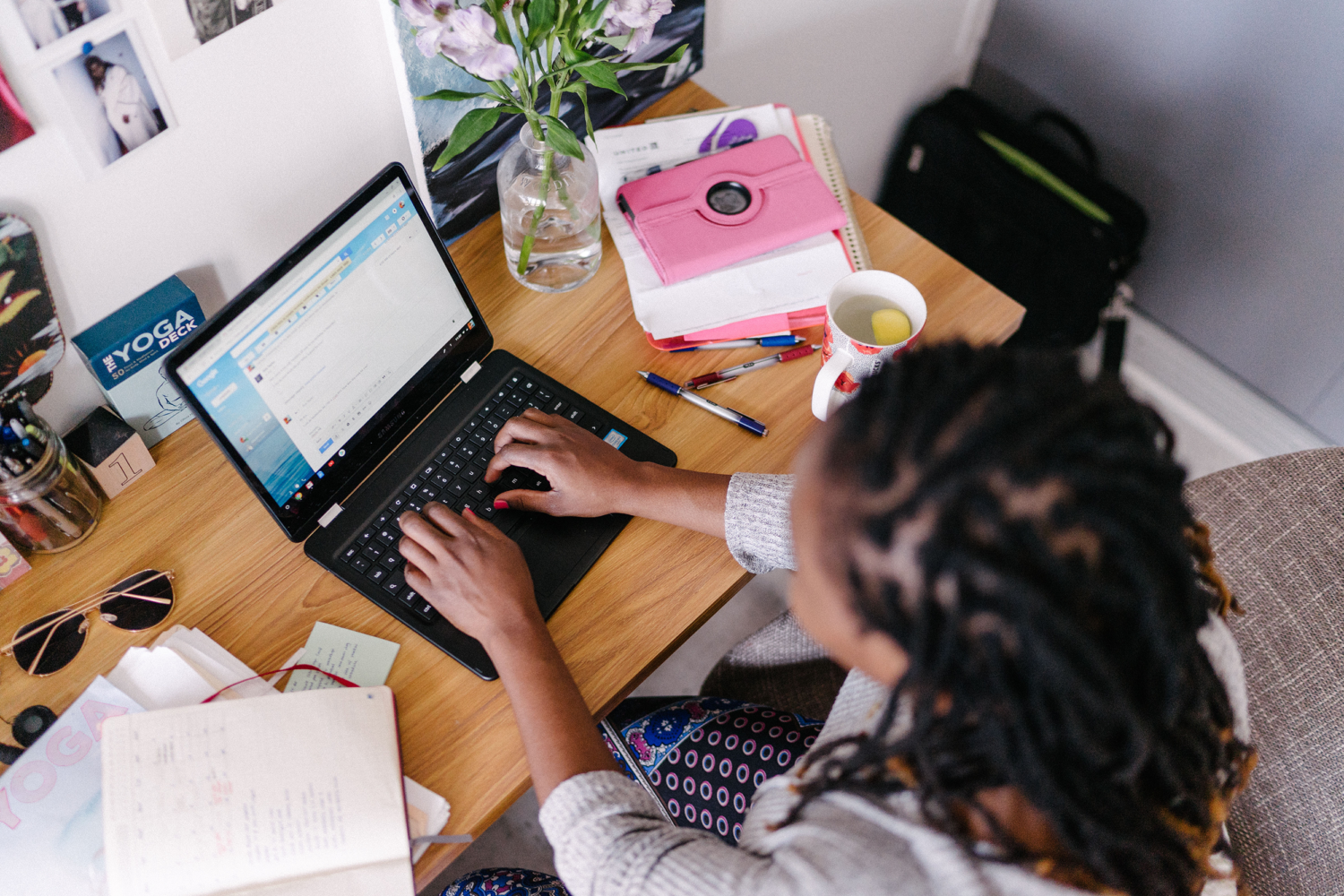The method with which a journalist conducts an interview was once a topic of great debate.
In 2012, several journalists who spoke to Poynter about interviewing methods called email “a last resort” and one television producer opined that “email interviews aren’t really interviews.” A decade later, does the sentiment hold true? And does an interview hierarchy — in-person versus phone versus email — still exist within the industry?
The answer, after I emailed several journalists for comment, is complicated.
There is a foundational question to contend with of whether email exists as an on-par style of journalistic communication. For freelance journalist s.e. smith, there’s a nuanced value to email questions, but they lack some of the specificity that other forms of inquiry provide.
“Email tends to lack depth and richness — among other things, people are less guarded in conversation than they are via email, so you get really interesting, surprising and sometimes damning answers when you interview people verbally,” smith said. “There’s also no space or time to establish rapport and build trust (in email).”
Smith uses email upon request and is cognizant of the role the tool can play in creating access, for both the journalist and the interviewee — the former often being less recognized. They are also critical of naming how an interview happened “unless it materially impacts the story. “
“Some publications do feel differently and it will be interesting to see if that changes as email moves from the venue for a quick formal statement to a more expanded format for interviews,” smith said. “I encourage writers to use formats they and their sources are comfortable with and editors should not reflexively push back on email as a format; some people use predominantly or only email and do very well at it.”
Canadian freelancer Luke Ottenhof says one of email’s values is that it can provide increased time and space for sources — provided there’s a focus on open-ended questions.
“I think in general the industry looks down a bit on email interviews but they can often allow for a lot more nuance and clarity,” he said. “… Writing can allow for more patience and comfort, which can allow for sharper insights.”
Some publications are even shelving the style choice of declaring how an interview was undertaken. For Ottenhof, the practice seems “dated and unimportant.”
“The implication seems to me to be that it’s an entirely different form of communication, maybe not as valid as a vocal expression? Thinking about it now, it feels a bit ableist to make that distinction every time for people who either won’t or can’t use their voice to communicate.”
Style guide choices aside, if email is a helpful interview format and holds legitimacy as a part of the writer’s arsenal, what do good email questions look like?
Alaina Lavoie, editor of We Need Diverse Books and journalist under the byline Alaina Leary, says that quality email interviews involve more than just a one-time back-and-forth.
“The best interviews are curious and exploratory, and are about discovery,” Lavoie said. “I try to write interview questions based on discovery. For in-person, phone and video interviews, this sometimes means asking a new question on the spot as I think of it. For email interviews, it often means follow-up questions with my sources that come out of discovery during the interview, research and writing process.”
For Ottenhof, crafting useful email questions means treating them with the same reverence as any other form of communication.
“I think journalists can (tend to) treat email questions/interviews as just ‘I need X quote so I will ask X questions to elicit exactly that response.’ That’s unfair and a bit disrespectful,” Ottenhof said. “Don’t treat it any differently than you would an in-person interaction. Give people time, agency, etc. It makes for a better story, and it’s just the right thing to do, not treating people like a quote machine for your work.”
Smith said journalists need to consider email interviews as “real” rather than less-than. Their suggested questions range from the procedural, “From a logistical perspective, how secure is your email?” to the creative.
“The goal should be to take advantage of the source’s expertise/experience, not to repeat information that is obvious and readily publicly available.”
Smith said journalists tend to get a lot wrong with email questions.
“They are formulaic, bland and add nothing of interest to the piece. They are often written in a way that presupposes or prompts the answer, and not out of a sense of genuine curiosity.”
Smith offered one question for journalists to spark a fruitful email conversation with a source.
“Why are you agreeing to talk to me?”






